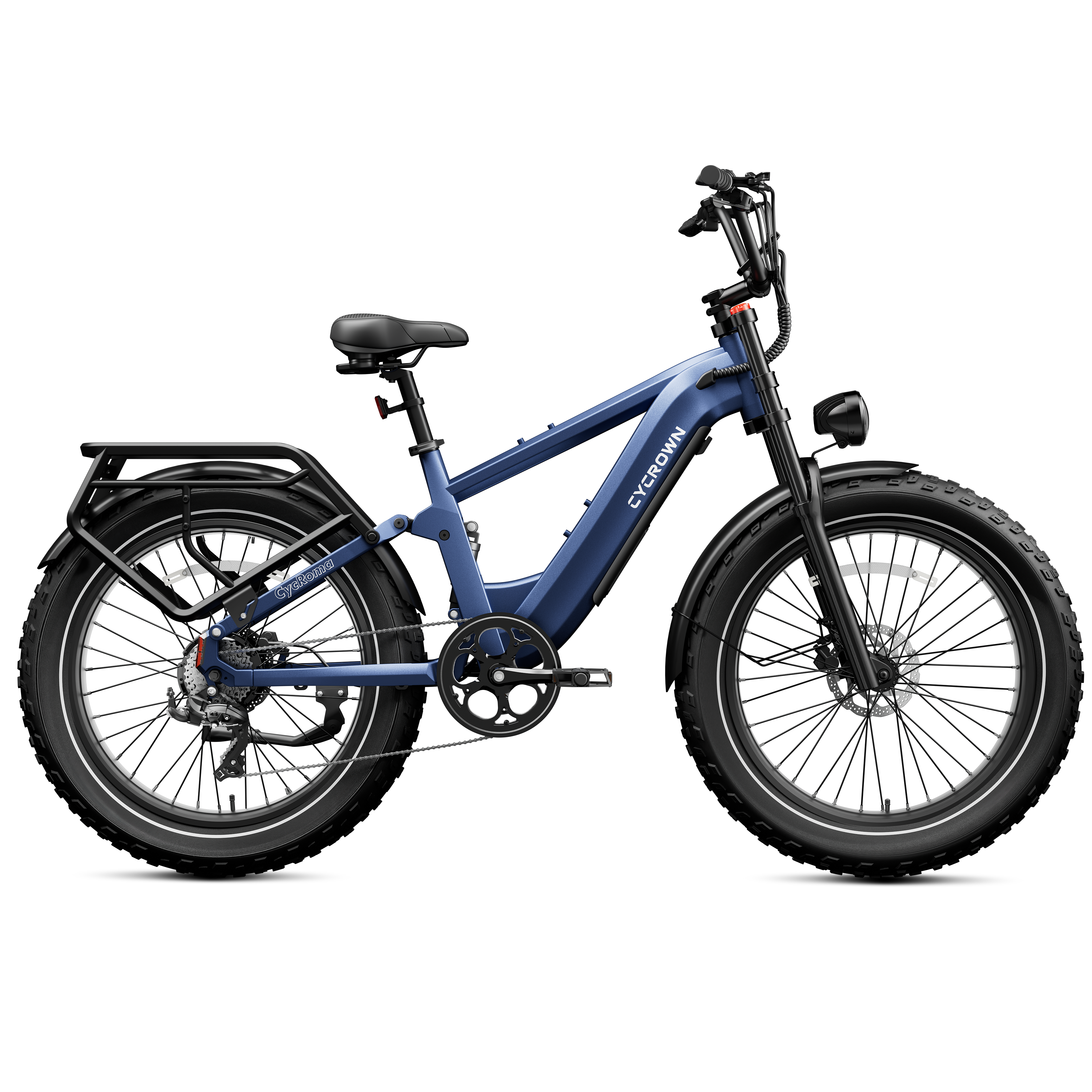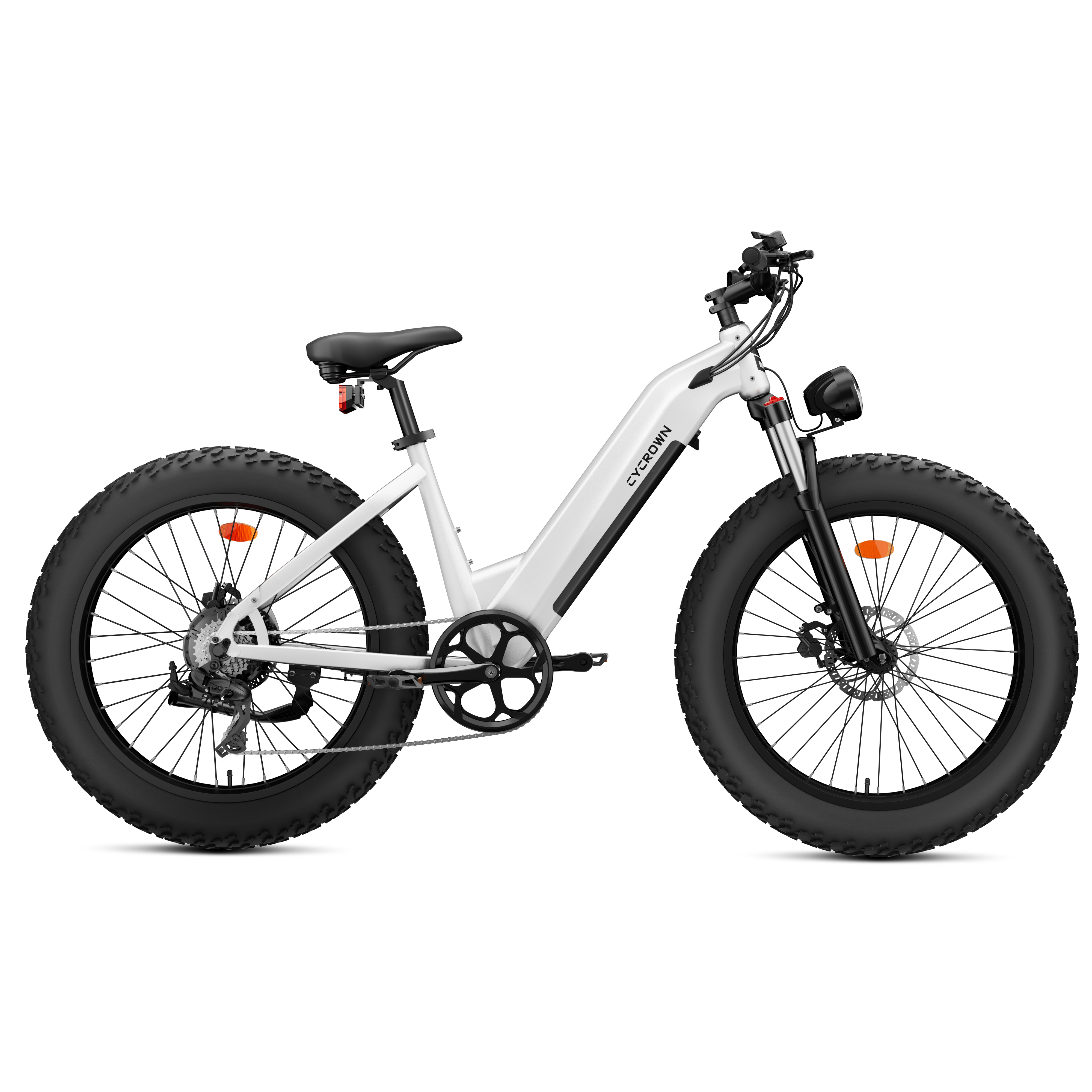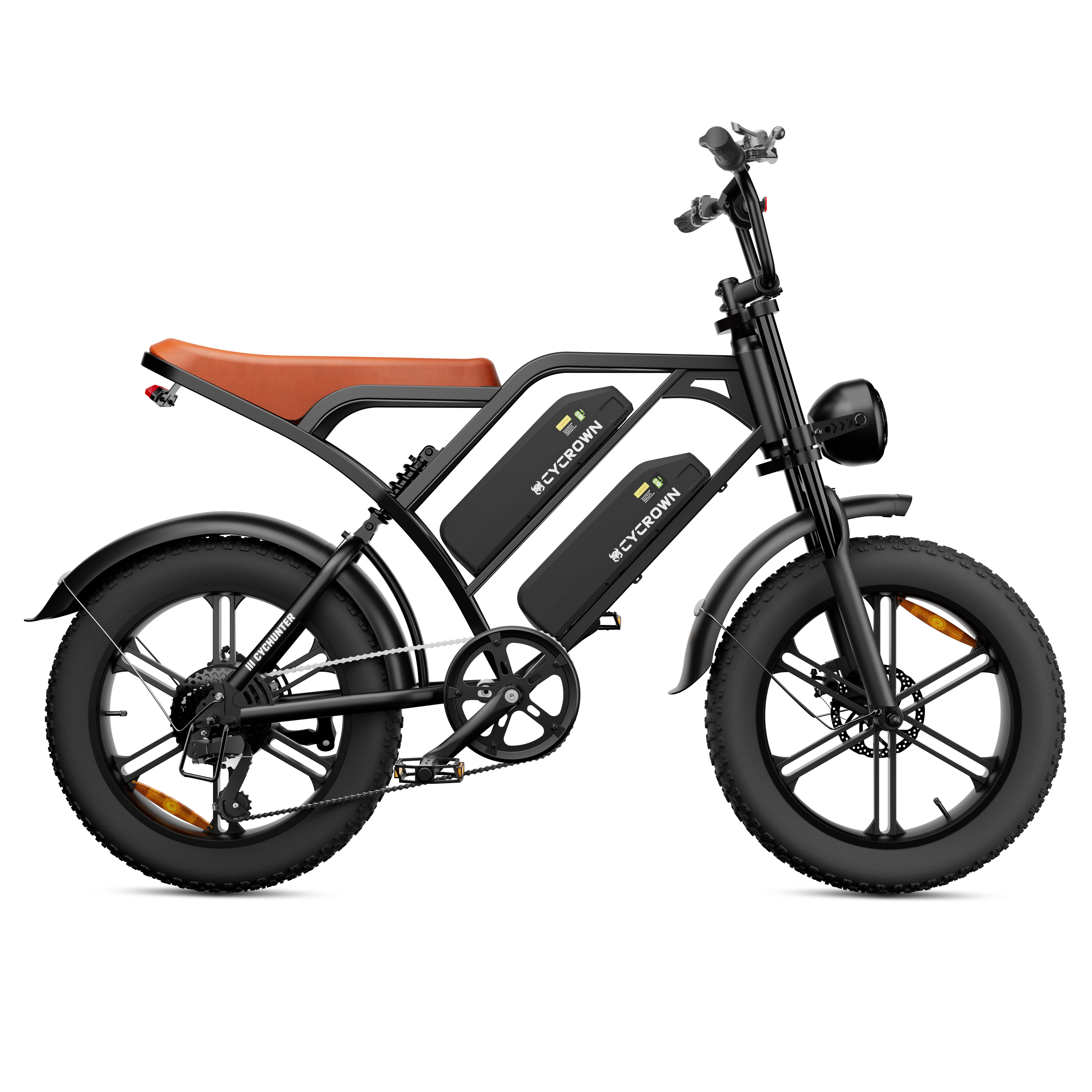An electric bike provides a power boost when needed, making it incredibly useful for a wide audience. However, not all e-bikes deliver this boost in the same way. There are two main types of motors in today's market: mid-drive and hub-drive. While both serve the same basic function, they differ significantly in performance and design.
The primary difference between mid-drive and hub-drive motors is their location on the bike. Each type has unique characteristics that impact overall performance and usefulness. In this blog, we will explore these differences to help you make an informed decision when purchasing an e-bike.
Understanding Sensors
Before diving into mid-drive and hub-drive motors, it's essential to understand the sensors that e-bikes use to determine when to activate the power boost. There are two common types of sensors: torque sensors and cadence sensors.
A torque sensor, usually located in the bottom bracket or near the rear axle, measures the force you apply to the pedals. When you pedal, the sensor detects slight deformations, indicating the amount of force exerted. This information is sent to the motor, which then adjusts the level of assistance accordingly.
A cadence sensor, on the other hand, measures your pedaling rate. It typically uses one or more magnets mounted between the crank and bottom bracket or sometimes on the wheel. As you pedal, the magnets pass by a sensor that tracks how fast your cranks or wheels spin. This data helps the motor determine the appropriate level of assistance based on your pedaling speed.
What Are Hub Motors?
Hub motors are a popular choice in the e-bike world due to their simplicity and ease of use. Integrated directly into the wheel, they offer a straightforward design compared to mid-drive motors.

Advantages
- Simplistic Integration: Hub-drive motors seamlessly integrate into the bicycle's wheel hub, offering a straightforward design for hassle-free e-bike experiences.
- Low Maintenance: With fewer moving parts compared to mid-drive motors, hub motors require minimal maintenance, translating to lower long-term ownership costs.
- Suitable for Everyday Commuting: Hub drive e-bikes excel in urban and city commuting, providing consistent power delivery on flat terrain. They are also quieter than mid-drive motors, making them ideal for residential areas.
Disadvantages
- Limited Efficiency on Inclines: Hub drive motors lack gear-shifting capabilities, making them less efficient when climbing steep hills. Riders may need to exert more effort in such scenarios.
- Weight Distribution Concerns: The location of the motor in the wheel hub can lead to imbalanced weight distribution, potentially affecting handling and control, especially on rough terrain.
What Are Mid-Drive Motors?
Mid-drive motors are the powerhouses that drive your e-bike's chain, offering excellent traction and handling, even on the steepest hills. Centrally mounted, they ensure the motor's weight is optimally positioned for a smooth, stable ride.
Advantages
- Power at the Crank: Positioned at the bike's crank or bottom bracket area, mid-drive motors deliver power directly to the chain, closely mimicking the natural pedaling experience.
- Efficient Power Distribution: Leveraging the bike's gears, mid-drive motors provide efficient power distribution, enabling comfortable cadence maintenance on various terrains, including hills.
- Better Handling and Balance: Centralized weight distribution in mid-drive e-bikes enhances handling and balance, resulting in improved control, especially on challenging terrain.
- Ideal for Off-Roading: Mid-drive e-bikes excel in off-road and mountain biking, offering superior adaptability to diverse terrains and inclines, catering to adventurous riders' needs.
Disadvantages
- Costlier and Complex: Mid-drive motors come with a higher cost and complexity compared to hub motors, potentially leading to more involved and expensive installation and maintenance processes.
- Increased Frame and Component Stress: The central placement of a mid-drive motor adds weight, putting extra pressure on the frame and components.
Which is Better: the Hub Motor or the Mid-Drive Motor?
Both hub and mid-drive motors offer unique benefits and drawbacks, making it essential to weigh cost against performance.
For budget-conscious riders, a hub-drive system is a practical choice. While generally less sophisticated, hub drives provide simplicity, lower costs, and sufficient pedal-assist power for commuting and light off-road use. They offer assistance based on cadence rather than torque, ensuring ample help even if you’re not pedaling hard.
If you're seeking higher performance and better handling, a mid-drive system is the way to go. Mid-drives are sleeker, more powerful, more efficient, and put less strain on your battery. With the weight centered low on the bike, they offer improved handling without the rotational weight issues of hub drives. Although more expensive, mid-drive systems deliver refined performance, making them ideal for those prioritizing a superior riding experience.
What Types of Motors Does CYCROWN E-Bike Use?
At CYCROWN, we are committed to making electric bikes accessible to everyone, without compromising quality or performance. Our electric bike models feature a rear hub motor that delivers a smooth and seamless riding experience, complemented by a torque sensor that provides a natural, intuitive feel.
For instance, the CycWagen Dual Battery Cargo Ebike has a 750W geared hub motor that can peak at 1000W, endowing it with exceptional climbing power and enabling effortless navigation of even the steepest inclines.

Shop Now: CycWagen Dual Battery Cargo Ebike
Moreover, its torque sensor technology provides proportional electric assistance, quickly detecting changes in rider effort and instantaneously accelerating the bike from a standstill, ensuring a highly responsive and personalized ride.
Through this harmonious blend of powerful performance and rider-centric design, CYCROWN is dedicated to making the transformative benefits of electric mobility accessible to all, without compromise.
How to Choose Between Hub and Mid-Drive Motors?
When deciding between a mid-drive and hub motor system for an e-bike, consider these key factors:
Terrain
Mid-drive motors excel on hilly terrain, providing greater power and improved traction when climbing inclines. Their ability to leverage the bike's gears results in more efficient power transfer, making them superior for navigating challenging topography. Conversely, hub-drive systems are better suited for flat terrain, delivering a more stable and smooth riding experience.
Power and Efficiency
Mid-drive motors are known for their high efficiency, as they harness the bike's gearing system to provide ample power. This makes them excellent for riders seeking a powerful and efficient ride. In contrast, hub-drive systems prioritize reliability and stability over outright power, making them a solid choice for those who value consistency over maximum efficiency.
Weight Distribution
The weight distribution of an e-bike is an important factor. Mid-drive motors evenly distribute the weight between the front and rear of the bike, resulting in a well-balanced and nimble ride. Hub-drive systems, on the other hand, concentrate the weight in the center, which can make the bike feel heavier and less agile.
Maintenance
Maintenance requirements also differentiate the two motor systems. Mid-drive motors tend to have more complex components and may require more frequent servicing, such as oil changes. Hub-drive systems, conversely, are relatively straightforward and demand less maintenance in the long run.
Personal Preferences
Ultimately, the choice between a hub-drive or mid-drive e-bike comes down to your personal riding preferences and needs. Some riders prioritize the stability and reliability of a hub-drive system, while others are drawn to the power and efficiency of a mid-drive motor. Carefully considering your riding terrain, performance requirements, and maintenance preferences will help you make an informed decision.
Conclusion
Both mid-drive and hub motor systems offer unique benefits and drawbacks. Your choice depends on what you value most in an e-bike. Whether you prioritize power and efficiency, stability and reliability, or a balance of both, there's an e-bike system that meets your needs and helps you achieve your riding goals.










